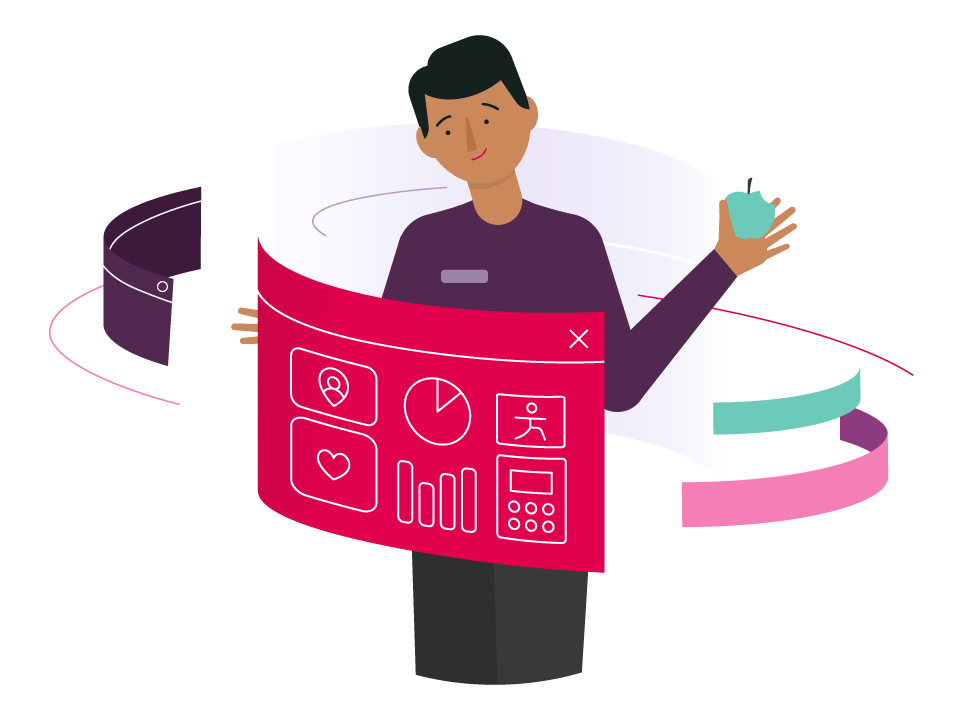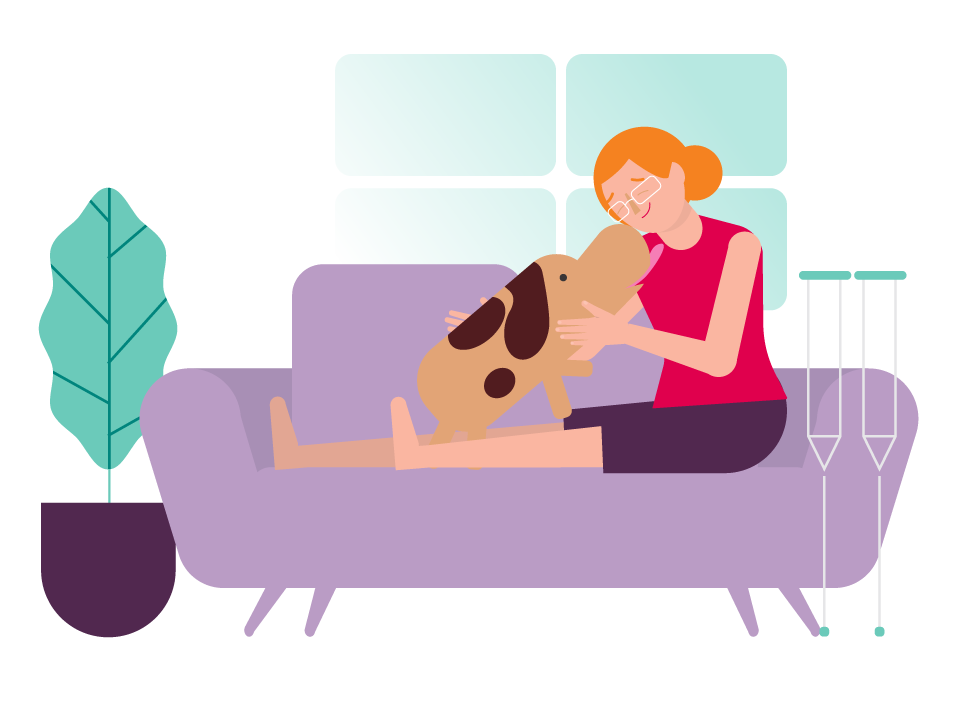You’ll be taken to the procedure room and made comfortable.
For a flexible cystoscopy, a local anaesthetic is inserted into your urethra to reduce sensation. You’ll be fully awake, so no sedation is required, unless your surgeon recommends it.
For a rigid cystoscopy, your anaesthetist will insert a cannula into a vein to administer the anaesthetic and/or sedation. If you’re having spinal anaesthesia, you’ll have an injection into your spinal canal.
The surgeon will begin the procedure by checking that the opening of your urethra is large enough for the scope. If it isn’t, the surgeon may first carefully dilate it.
Once the scope is in place, the surgeon will fill your bladder with fluid so it can be seen on the video. It may feel uncomfortably full and you’ll feel like urinating.
The procedure itself shouldn’t be painful, but you may feel some discomfort.
As well as visually checking your urethra and bladder via the eyepiece on the scope and the video, your surgeon can pass a small device through the scope to collect tissue samples for a biopsy or treat any problems that may be detected. Your surgeon may also take a urine sample.
With a rigid cystoscopy, if there’s a tumour in your bladder, your surgeon may be able to remove it using an electric cutter. After the procedure, they may insert a urinary catheter.







